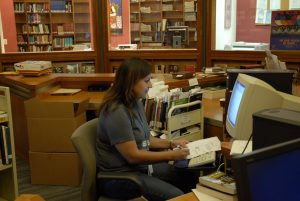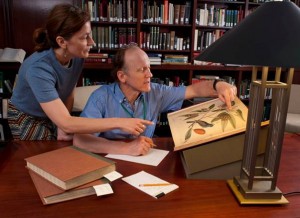This post was written by Robin Everly, librarian in the Botany and Horticulture Library, with Spencer Goyette, contractor in the National Museum of Natural History’s Department of Botany.
Working in the Botany and Horticulture library, I’m still surprised by the books I come across that I haven’t heard about. So when I came across Oaxaca Journal what caught my eye was the author’s name on the book’s spine- Oliver Sacks. Immediately, I wondered if it was the same Oliver Sacks, neurologist and bestselling author of books such as Awakenings, The Island of the Colorblind, and The Man who Mistook his wife for a Hat. Dr. Sacks, who died on August 30, 2015, of metastatic cancer, had the ability to communicate complex scientific concepts to the general public by providing well written prose as well as insightful and strange stories about the human mind. And yes, he, the same Dr. Sacks, wrote Oaxaca Journal, which is the personal journal he kept during a fern collecting trip to southern Mexico with the American Fern Society 15 years ago.


